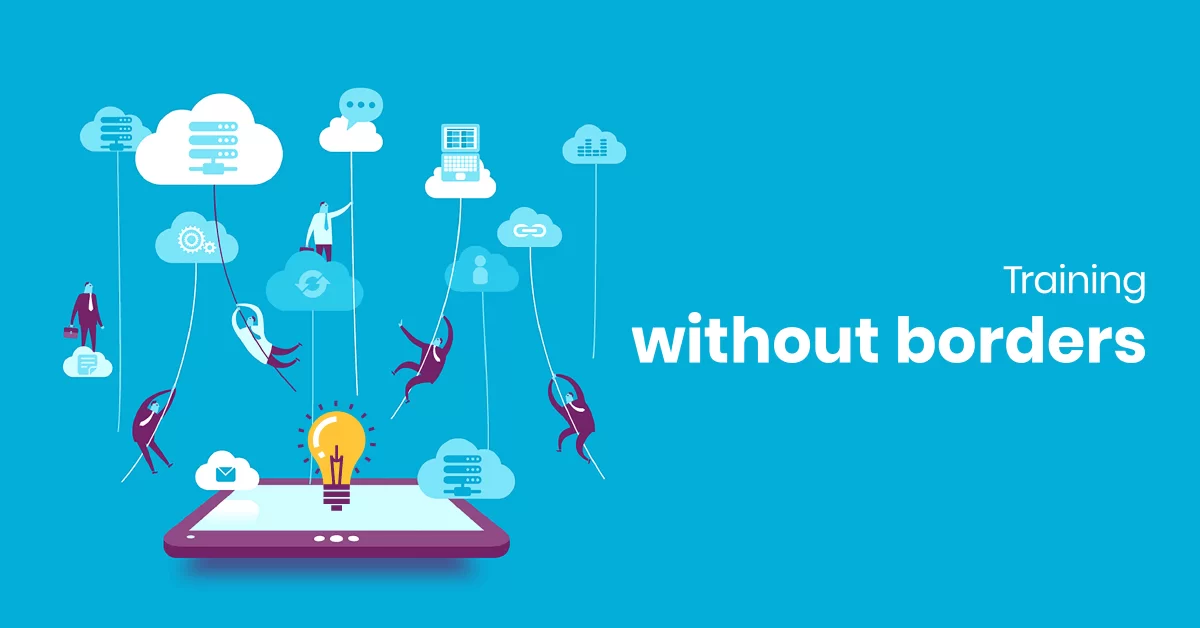7 ways to cater to a multicultural workforce
In the past, working abroad depended on various things: you needed work qualifications, visas, and a guaranteed job waiting on the other side of the plane ride. Today, if you want to work overseas, all you need is a computer and a fast internet connection. It means teams all over the world are multilingual, multinational, and multicultural.
It’s not uncommon for an organization to have employees who come from different backgrounds and speak different languages. But how do you design cost-effective online training that suits them all?
Here are some top tips to break down the online training barriers and cater to a worldwide workforce.
1. Offer translated options
While “UN languages” are often a requirement of global jobs, most of us think and work best in our native tongues. So, make sure every trainee can access online training material in their native language. Don’t use an auto-translator – it gives a robotic result that lacks human voice and can often lose things in translation. Instead, hire human translators and have them convert the entire online training course into the chosen language – preferably using a conversational language register.
2. Hire cultural subject matter experts
Language is a good basis for culture, but it’s not enough. There are many subtle forms of regional identity. They include things like addressing someone by first name vs surname, or whether office interaction is formal or laid back. Think about working in an American office in contrast to a British one – the difference is quite distinct.
Get a cultural Subject Matter Expert as part of your eLearning development team, to incorporate some of these aspects into the online training course. For example, an American trainee may be puzzled by a saying that’s used quite commonly in other parts of the globe, while their Chinese co-worker is offended by a gesture that is perfectly acceptable in the west. These are cultural issues rather than language ones, but a local SME can help you personalize the online training content.
3. Use localized examples
Along the same lines, do some research and get local samples for your training. Something as seemingly insignificant as culinary details, for example, can prevent your corporate learners from relating to the training content or fully immersing into the online training experience.
For example, many western countries have work uniforms, while some dress casually and others always sport a suit. Make sure your in-course characters are dressed appropriately for their given context.
4. Be inclusive, but not patronizing
So, how are you going to include all these scenarios into a single deliverable? The solution is to create a localized version of the online training content for each target market. This works better than having a simple format and just changing the spoken/written language. It costs a little more to have so many variants, but it offers better online training ROI because trainees are more receptive.
For your local scenarios, dig deep. Don’t just use stereotypes. Use genuine, real-life scenarios. Otherwise, your trainees will feel discriminated, and your online training content may even feel slightly offensive. That’s the last thing you want. Your cultural Subject Matter Expert can help you be respectful and wholesome in your portrayal of localized eLearning characters, including their names.

5. Integrate gamification features
Regardless of where they are from or what job duties they perform, every member of your team has one thing in common: they all indulge in their human competitive natures. You can use this to your advantage and break down the online training barriers by incorporating gamification features, such as image-based badges or points.
These tap into their motivation and allow you to track their progress. Just make sure you provide a translated version of the game rules, so that they know what to expect. You can also incorporate a worldwide leaderboard to up the ante and allow them to engage in some friendly competition.
6. Ask for input
Employees know what they’re looking for in an effective online training experience. Including which online training activities and resources they prefer. Gather their feedback through online surveys, focus groups, and polls, to gauge their honest opinions.
For example, ask what they thought about the latest compliance online training course or task simulation. Did it contain relevant examples or make them feel isolated/alienated? Are the in-course characters dressed in appropriate attire? Were the translations on point or riddled with errors?
7. Launch an online training social media group
The beauty of online training is that you have translation tools at your fingertips. Even a post in a foreign language can be translated into your native tongue with the click of a button. As such, your global workforce can benefit from a social media group that enables them to share tips and insights around the globe. It takes information sharing to a whole new level.
Using learning technologies to train multicultural teams is the most effective method available. However, you need to do it right or you’ll risk alienating your learners. Find out the preferred native tongues of your trainees, use separately written/recorded versions rather than automated translation software, and hire cultural SMEs. Lastly, keep your online training course inclusive, but never talk down to your trainees or dismiss their culture, habits, or belief systems.
Did you know that corporate eLearning globalization can improve your company’s bottom line? If you’re ready to expand your training program on a global scale, read here to find out about the benefits of going global, the costs to consider, and much more.



